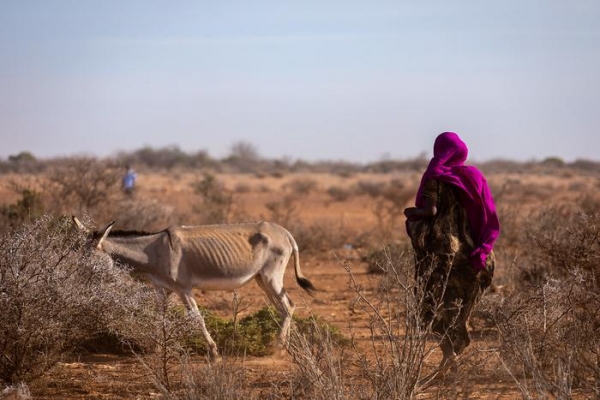In 80% of African countries, moved toward rivers and into cities during drought, increasing the number of people living in flood-risk areas in recent decades, according to a new study. This resettlement pattern will likely intensify in coming decades as climate change is expected to make droughts more frequent and severe.
“It’s a cycle that exacerbates how many people are negatively impacted by drought, and not only in the ways we might normally expect,” said Serena Ceola, a hydrologist at the University of Bologna in Italy who led the study. “As regional climates change and both droughts and floods become bigger problems, more people will struggle to find a safe place to settle. People may move from one drought-affected place to another or move somewhere that just poses different climate risks.”
In Somalia, for example more than 3.8 million people have been displaced in part by drought over the last three years. Many of those climate refugees sought shelter near rivers, where farming could resume, but heavy rains and flash floods then displaced more than half a million people.
Read more at: American Geophysical Union
Droughts, including the ongoing severe drought in the Horn of Africa, can prompt people to relocate closer to water sources or cities. Roughly 80% of African countries saw people move toward rivers or to urban areas during drought in recent decades, a new Earth’s Future study found. (Photo Credit: UNICEF Ethiopia)


